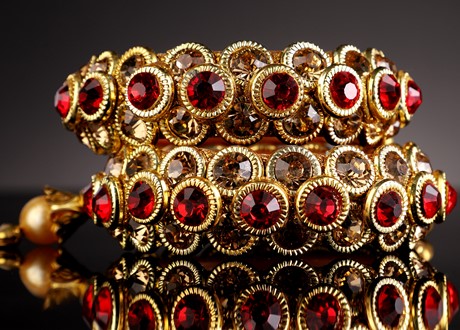Coloured gemstones


Subscribe to receive more Metals & Mining content
Latest
Subscribe to Edison
Get access to the very latest content matched to your personal investment style.
thematic
Metals & Mining
edison tv
Investment Companies
“Edison’s accessible and high-quality research gives us the opportunity to communicate an independent perspective of Tyman to a wide variety of potential stakeholders.”


Subscribe to receive more Metals & Mining content
Get access to the very latest content matched to your personal investment style.

This website uses cookies so that we can provide you with the best user experience possible. Cookie information is stored in your browser and performs functions such as recognising you when you return to our website and helping us understand which section of the website you find more interesting and useful. See our Cookie Policy for more information.
These cookies are used to deliver our website and content. Strictly necessary cookies relate to our hosting environment, and functional cookies are used to facilitate social logins, social sharing and rich-media content embeds.
Advertising Cookies collect information about your browsing habits such as the pages you visit and links you follow. These audience insights are used to make our website more relevant.
Please enable Strictly Necessary Cookies first so that we can save your preferences!
Performance Cookies collect anonymous information designed to help us improve the site and respond to the needs of our audiences. We use this information to make our site faster, more relevant and improve the navigation for all users.
Please enable Strictly Necessary Cookies first so that we can save your preferences!